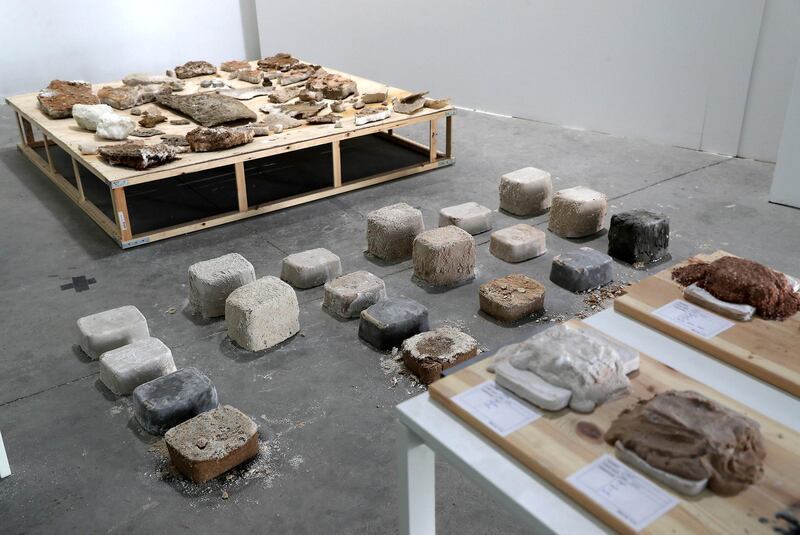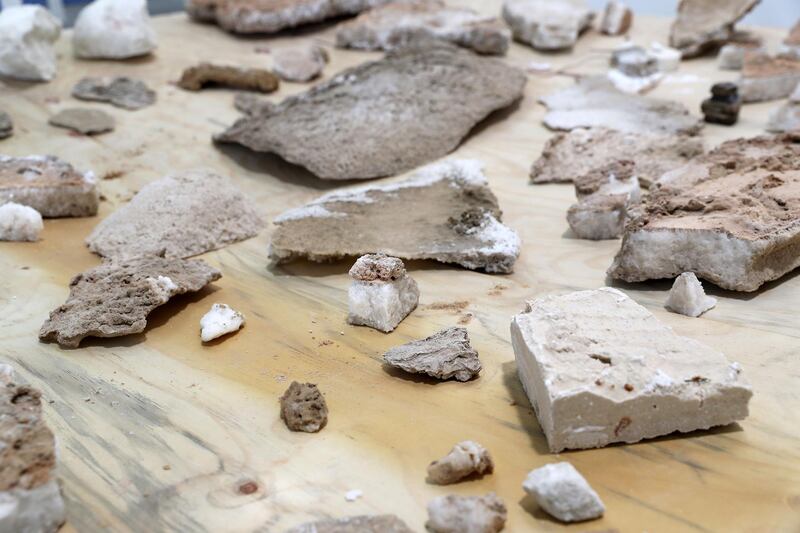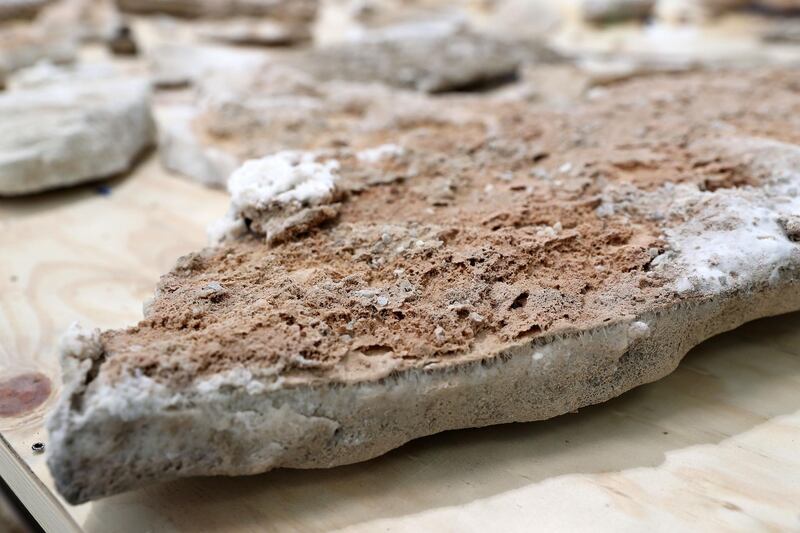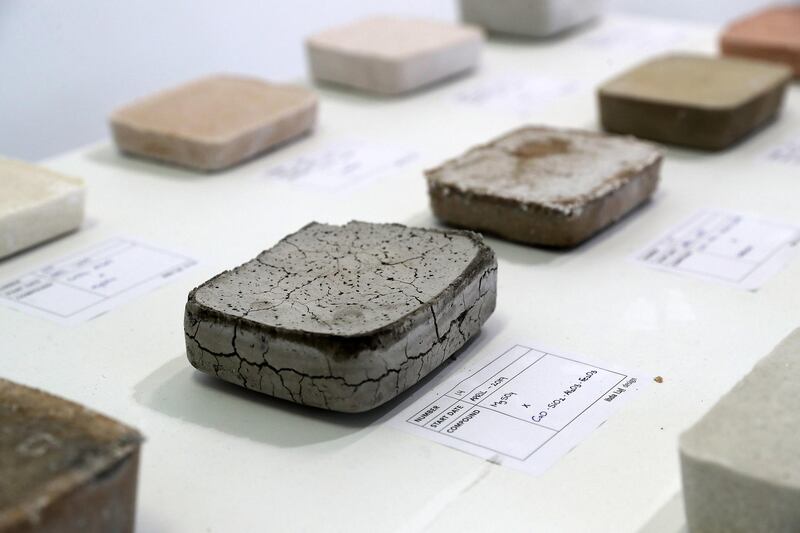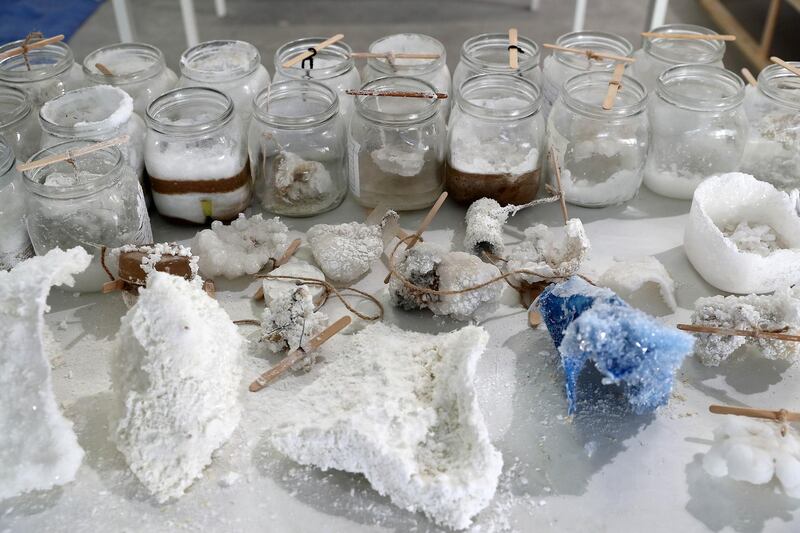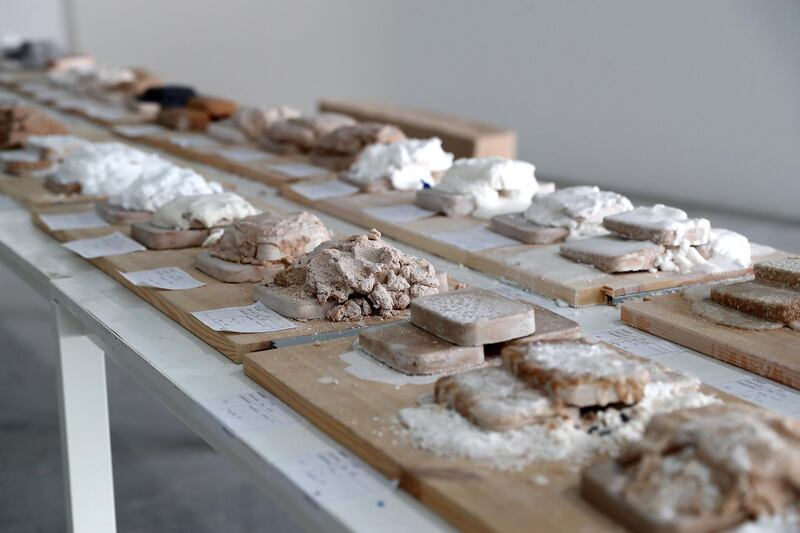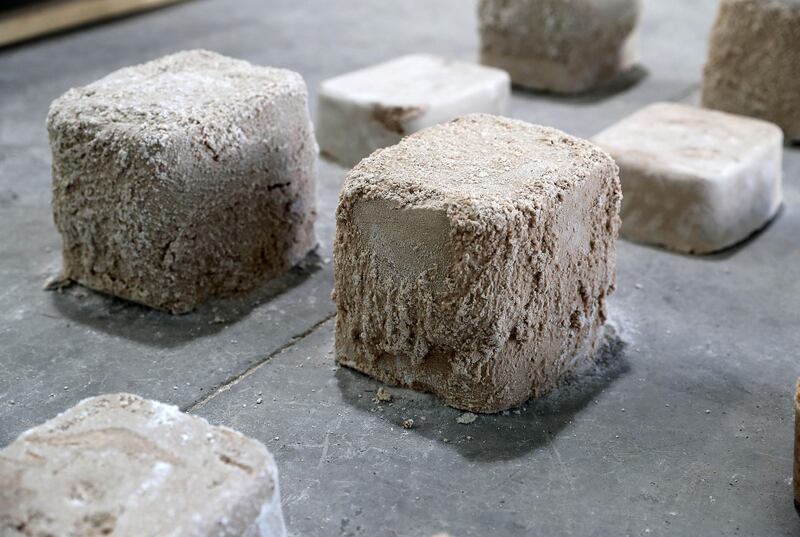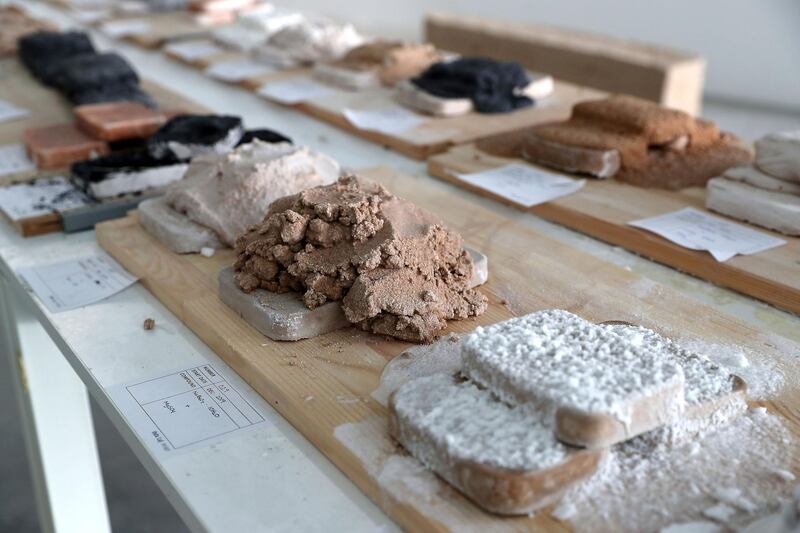In February, I visited veteran experimental artist Mohamed Ahmed Ibrahim at his studio in Khor Fakkan. Nestled in a quaint neighbourhood surrounded by the rugged terrain of Al Hajar Mountain range, Mohamed's studio was humble and inspiring. I wondered if the art connoisseurs, critics and curators outside the region were aware of the cultural richness and contemporary playfulness in his work. This week, when the National Pavilion UAE announced that Mohamed will represent the nation at the 2022 edition of the Venice Biennale, I was elated, to say the least.
The Venice Biennale is one of the world's most exclusive and critically rigorous cultural platforms. It recognises the most remarkable contemporary artists from around 90 participating nations. It is the longest running and most prestigious opportunity for countries all over the world to exhibit their best creative talents through a dedicated platform. Therefore, it is important to showcase that despite being a young nation, the UAE's art scene is deeply rooted in cultural heritage, landscape, traditions, values and infrastructural development following the discovery of oil.

Mohamed’s work explores the natural landscapes of the UAE, giving us a playful interpretation of the mountains, coasts and skies of his native Khor Fakkan. He has been at the forefront of the UAE’s avant-garde scene since he began creating works in the 1980s, alongside his peers such as the late conceptual artist Hassan Sharif, Abdullah Al Saadi, Hussein Sharif and Mohammed Kazem.
Mohamed continues to explore new frontiers in cultural expression through distinctive shapes, colours and patterns that both children and adults immediately like. He treats his work based on a one-on-one relationship with the viewer, which changes from one canvas or sculpture to another.
During the preview of his recent solo exhibition Memory Drum at Lawrie Shabibi gallery, he looked at his sculpture Dancer Contessa (2020) and said: “With the pandemic I started naming my pieces for the first time. Maybe it’s the clarity of confinement where I get old memories resonating back to my thoughts."
Mohamed’s work is approachable and fulfils the definition of conceptual practice in the 21st century. I am very pleased that the legacy of these convention-defying artists has been given its due recognition in recent years, thanks to cultural protagonists tirelessly working across the UAE to promote the local narrative to the rest of the world.

Whether it is through the National Pavilion UAE's stellar exhibition at the 2015 Venice Biennale, titled 1980 – Today: Exhibitions in the United Arab Emirates and curated by Sharjah Art Foundation president Sheikha Hoor Al Qasimi, or the homegrown show But We Cannot See Them: Tracing a UAE Art Community from 1988-2008, curated by Maya Allison of the NYU Abu Dhabi Art Gallery with Bana Kattan and Alaa Edris, the audience is now better aware of the cultural discourse present in the UAE since the country's inception in 1971.
My sincere gratitude to Maya for bringing these notions to the forefront through the 2017 exhibition at the NYUAD Art Gallery, which surveyed the founding decades of this influential artistic community, and best wishes for her selection to curate the National Pavilion at the 2022 Venice Biennale. Her insightful curatorial and research projects have been instrumental in documenting the UAE's history, including a previous collaboration with Mohamed as part of the Cultural Foundation's 2018 exhibition Artists and the Cultural Foundation: The Early Years. I am excited to see how Maya will continue a productive partnership with Mohamed as he has nominated her to curate his exhibition for the Venice Biennale.
Over nine exhibitions, the National Pavilion UAE has become a vital channel through which to highlight UAE artists on a global stage. It facilitates connections to art critics, collectors and global institutions that can transform careers and has prepared more than 175 interns for successful careers in the cultural sector.
Mohamed will join a stellar group of artists who have previously represented the UAE, including Hassan Sharif, Mohammed Kazem, Dr Mohamed Yousif and Nujoom Alghanem, whose 2019 solo presentation Passage was widely acclaimed.
The National Pavilion UAE is approaching its 10th anniversary next year and will mark the milestone with an architectural exhibition curated by Wael Al Awar and Kenichi Teramoto that presents an environmentally friendly salt-based cement alternative inspired by sabkha, the UAE's natural salt flats.
In light of its legacy and contribution to the national cultural landscape, the National Pavilion UAE’s curatorial strategy is increasingly focused on solo exhibitions from established artists such as Nujoom and Mohamed, whose work has reached an outstanding level of conceptual depth and technical skill over the past few decades.
The NPUAE’s curatorial approach is a bold and confident statement, one that cements the UAE’s position as home to a prominent community of international artists with long-established careers.
The aim of the Salama Bint Hamdan Al Nahyan Foundation, Commissioner of the National Pavilion of the United Arab Emirates, and in partnership with the UAE Ministry of Culture and Youth, is to support the UAE’s culture and arts and promote cross-cultural exchange through initiatives such as the Venice Biennale that enables us to celebrate our artistic output and engage with international peers through a unique dialogue that is vital for our cultural community to develop further.
I look forward to Mohamed and Maya’s contribution to this significant yet often-untold story about our nation, and very much look forward to seeing the exhibition at the National Pavilion UAE in 2022.
Noura Al Kaabi is the UAE Minister of Culture and Youth

